Basque Shepherds and Arborglyphs
Learn About The Basque Culture
Our first morning in Sun Valley was rather appropriately spent in a sunny valley. We hiked through the Colorado Gulch just outside Hailey and into a grove of Aspen trees which feature arborglyphs: a unique form of graffiti left by Basque shepherds during their lonely days spent on the hills.
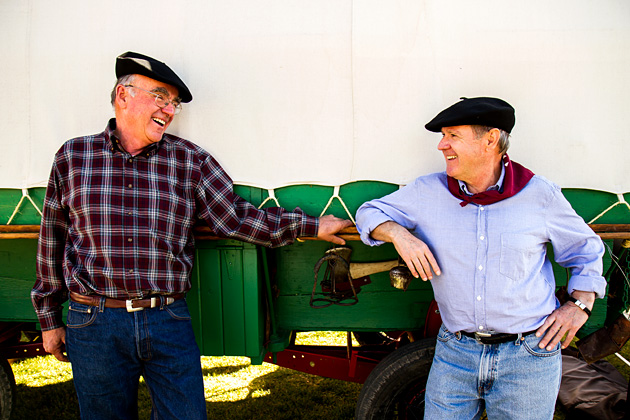
The Basques began emigrating in the 1800s, due to financial troubles back home. The rolling landscape of south-central Idaho suited them, reminiscent of the hills in northern Spain, and they settled in nicely here. The men were honest and the women hard-working, and the newcomers were welcomed with open arms by Idahoans. Another wave of Basques arrived in the mid-20th century, fleeing the brutal anti-Basque policies of Francisco Franco. As a result, Idaho lays claim to America’s strongest population of people of Basque descent.
While in the Sun Valley, we had the opportunity to meet a couple of transplanted Basques, including Alberto Uranga, who came to America in 1968. Back in the Basque country, he had been a tuna fisherman, but in Idaho he was put to work tending sheep. Apparently, that’s just what Idaho believed Basques excelled at. Alberto is fluent in Basque, English and Spanish, and eventually left sheep for finance, founding a retirement investment firm in Boise. After finding out that Jürgen and I are based in Spain, he engaged us in conversation, boasting about the resurgent Real Sociedad soccer team, and bitterly recounting the story of his departure, which had been so rushed and chaotic that he didn’t even have a chance to say goodbye to his father.
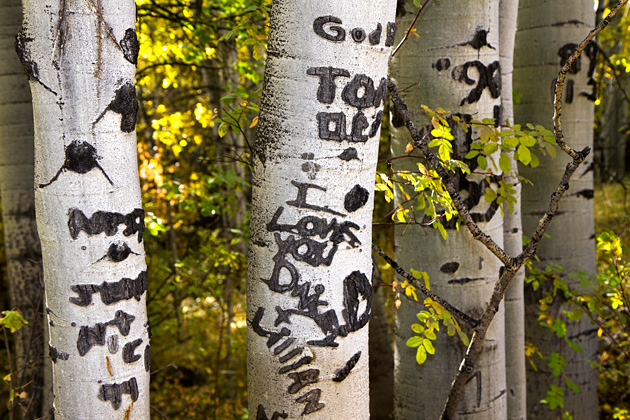
During the boring hours, days, and even weeks which they spent in the hills tending sheep, Sun Valley’s Basque shepherds left their mark on the land by carving into the Aspen trees. These markings are called arborglyphs and are now considered an important cultural relic. They take the form of names or phrases, in Basque and English, and sometimes drawings. A house, for instance, which reminded the artist of his home. Or the shapely curves of a buxom lady.
We took a gorgeous hike through Colorado Gulch to find some of the arborglyphs. The Aspen trees were in their autumnal glory, with leaves glowing yellow, and we hiked for about a mile into the hills before encountering some of the tree carvings. Nearby, was a modern-day shepherd’s trailer. The shepherd was nowhere to be found, out tending his flock, so we chanced a peek through the windows of his trailer. Very simple, just a bed, some canned food and a few empty soda cans. Nowadays, I suppose shepherds have cellphones to stay entertained and connected, but 50 years ago? I can’t even imagine how lonely it must have been.
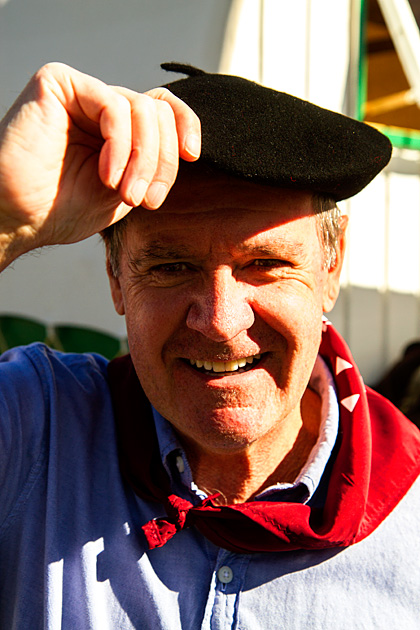
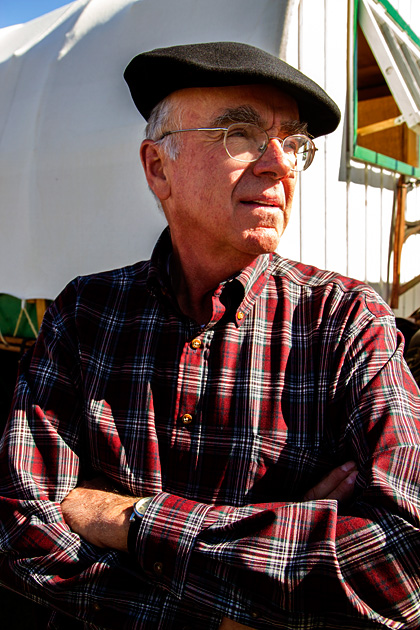
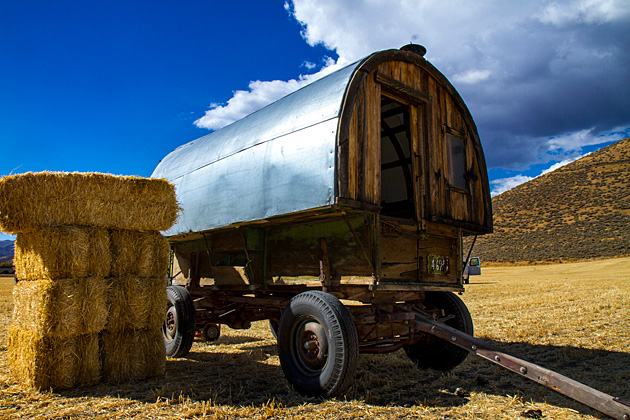
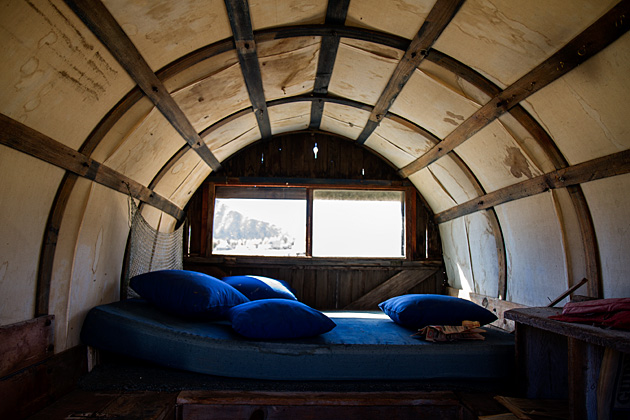
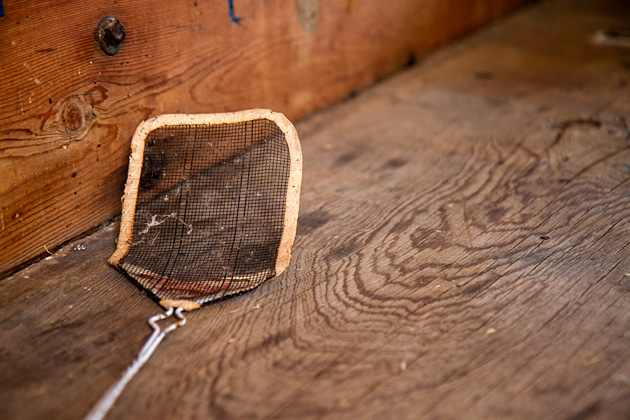
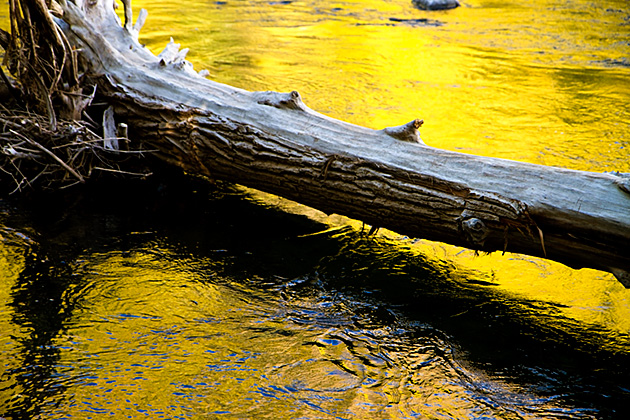
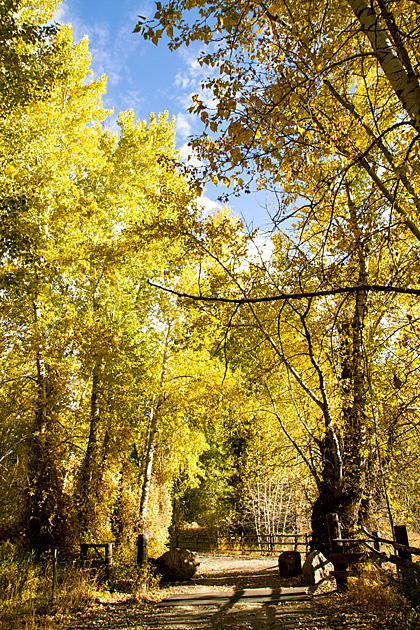
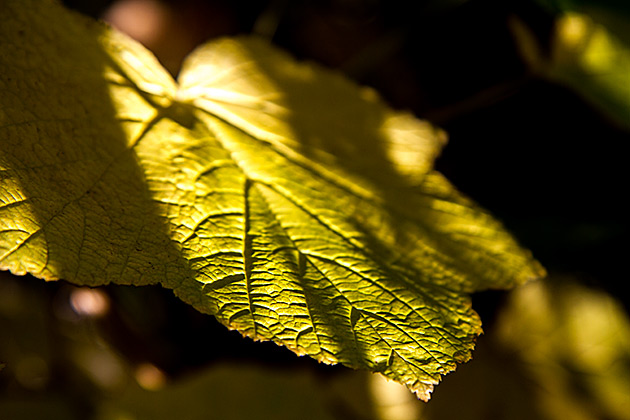
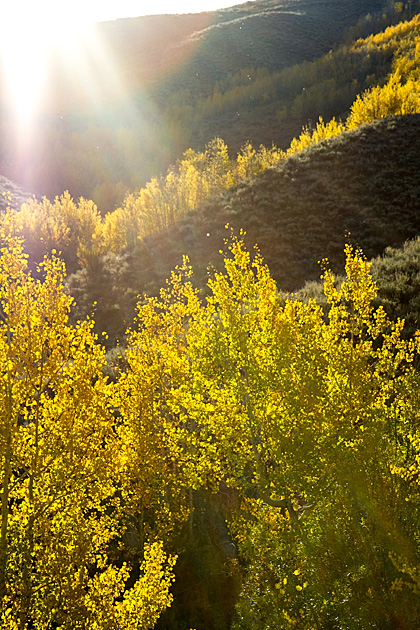
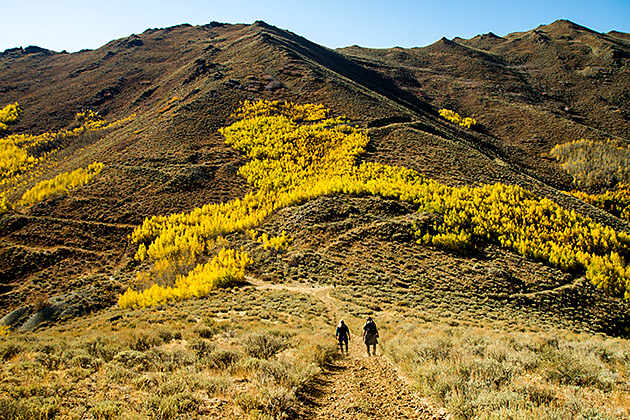
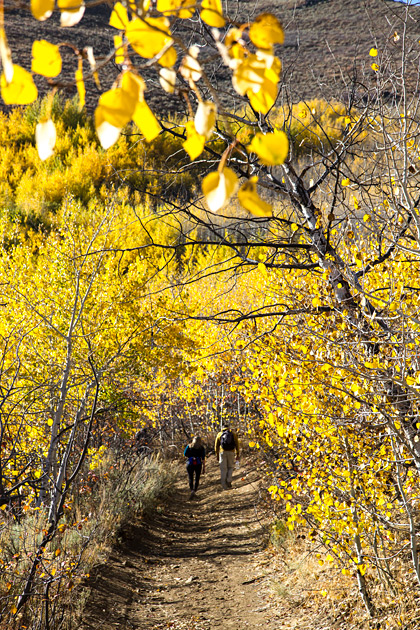

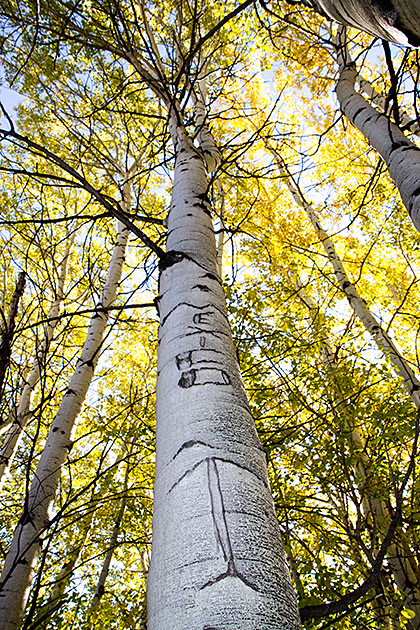
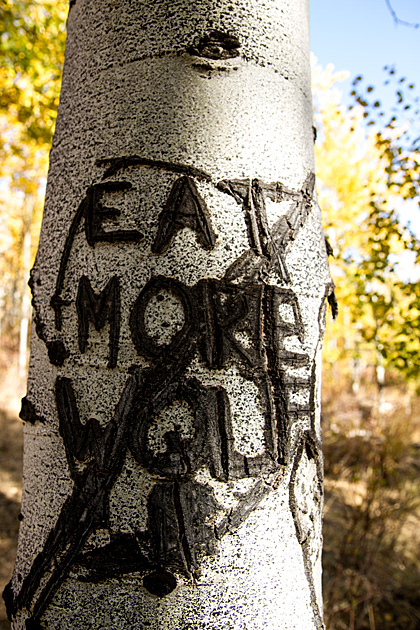

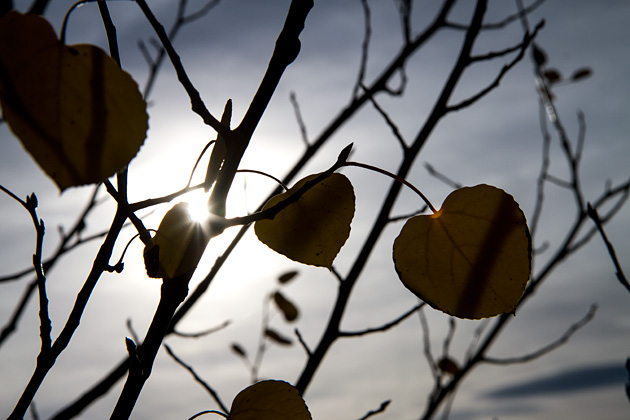
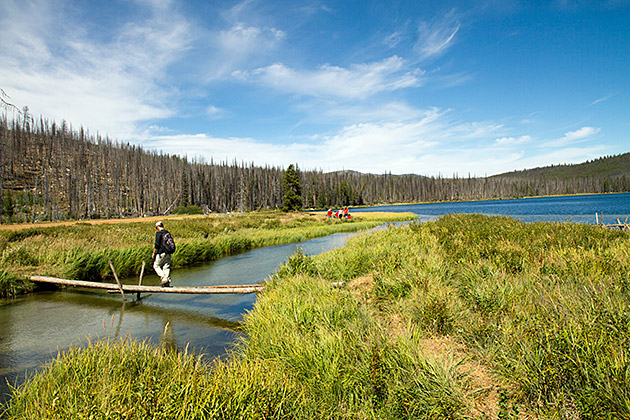
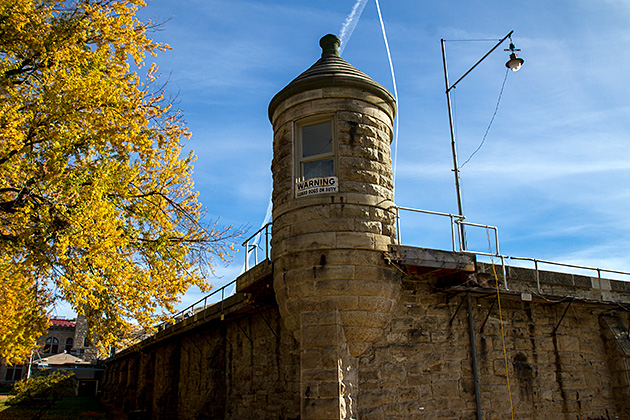
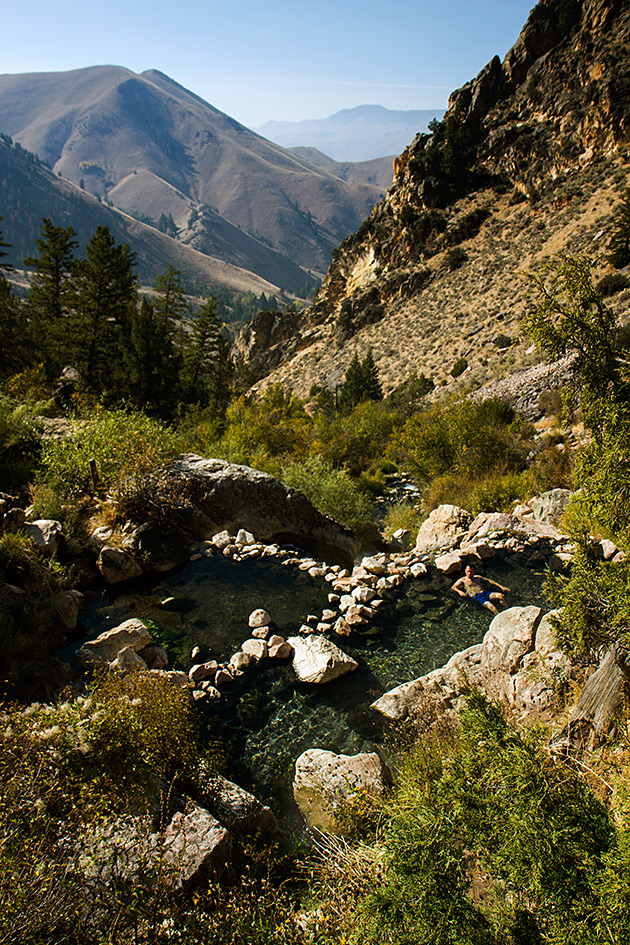
I admit I’ve been waiting for you guys to write on this since you got there. Nice post! Really beautiful pictures. (I particularly like “Eat More Wolf!”)
I had no idea about the Basques, neat-o. More importantly, did the cuisine get imported as well?
Yes Tatiana, we are blessed with several Basque restaurants in the southern portion of the state, a market in Boise and chorizo is found in many main stream restaurants as well. http://www.idahoeats.com/basque/idaho-basque-restaurants.html
Pingback: Boise’s Basque Block | For 91 Days in Idaho – Travel Blog
Wow, that was an interesting history lesson. The photos are exquisite.